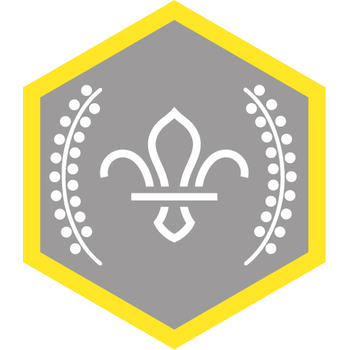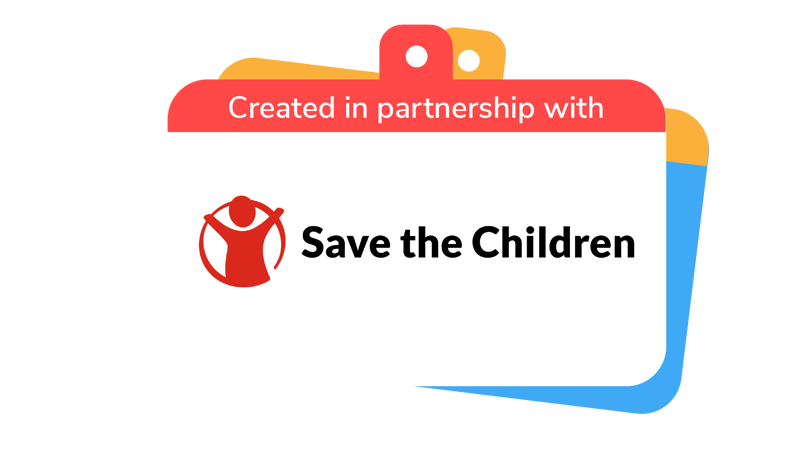
Share a story
You’ll need
- Coloured pens or pencils
- Pens or pencils
- A4 card
- A4 paper
- Asif and the songbird book
Before you begin
- Email scouts@savethechildren.org.uk with your name and address to get your free copy of the book ‘Asif and the Songbird’, plus all the resources you'll need. Make sure you leave enough time for Save the Children to read your email and send the resources over to you.
Your favourite story
- Everyone should split into pairs.
- Everyone should take it in turns to tell their partner about their favourite story – they should tell them the name of the story, and what they like about it. They shouldn’t go into detail about what happens in the story because it’ll take too long! For example: ‘My favourite story is “Harry Potter and the Philosopher’s Stone” because the magic is really exciting and the characters are brave.’
- After a few minutes, everyone should switch roles so both people in each pair have told their partner about their favourite story.
- Everyone should tell the group their partner’s favourite story, and one sentence about why they like it so much. They should keep it snappy, so it doesn’t take too long to go around everyone.
- At the same time, the person leading the activity should write every describing word on a different piece of paper. For example, words like fun, exciting, scary, adventurous, and so on.
Read ‘Asif and the songbird’
- The person leading the activity should put all the pieces of paper with describing words on around the room.
- The person leading the game should start reading ‘Asif and the songbird’. They should make sure everyone can see each picture.
- After each page, the person leading the game should pause. Everyone should chat about what’s happening in the story, then move to the piece of paper that describes how it makes them feel.
- At the end of the story, everyone should chat about any favourite parts. What happened? Did they feel the same all the way through? Which feelings went with which events in the story?
- Everyone should chat about the ending of the story – was it happy, sad, hopeful, or something else?
- Everyone should think about what made ‘Asif and the songbird’ a good story. They could think about the characters, the plot, the pictures, or how fast different events happened.
Become a writer
- Everyone should read one of the stories from the ‘Stories of refugees and displaced children’ sheet. The person leading the activity should make sure everyone understands that these young people (and their stories) are real.
- Everyone should chat about how they could share the story more widely in their community. How about writing a book?
- Before they get stuck in, everyone should chat about being sensitive and truthful. Why is it important to be careful when telling someone else’s story? How would everyone want the real life people behind these stories to feel if they read their book?
- Everyone should split into groups or about three or four people.
- Each group should decide on the characters in their book. What do they look like? Where are they from? What sort of personality do they have?
- Each group should craft a setting and plot. Where will the story happen? What will happen to the characters? How will it make them feel?
- Each group should create a storyboard. They should jot all of their ideas down, then use them to plan out each page. What will people say? What other storytelling needs to happen? What will the pictures look like?
- Everyone should work together to create the books their group planned. They could split the pages up and work on one each, or two people could work together on one page. Does everyone want to try writing and drawing, or do different people have different skills?
- Once their pages are finished, everyone should fasten the paper into a book. They could use a stapler or glue and ask an adult if they’re not sure of the best way to attach the pages.
- Everyone should chat about what they’ll do with their books. How will they share them with others in the community? For example, they could donate them to a school or local library or put on a reading evening for a younger group.

This activity helps contribute towards some of the UN's Sustainable Development Goals. Find out more about the SDGs, and how Scouts across the world are getting involved.
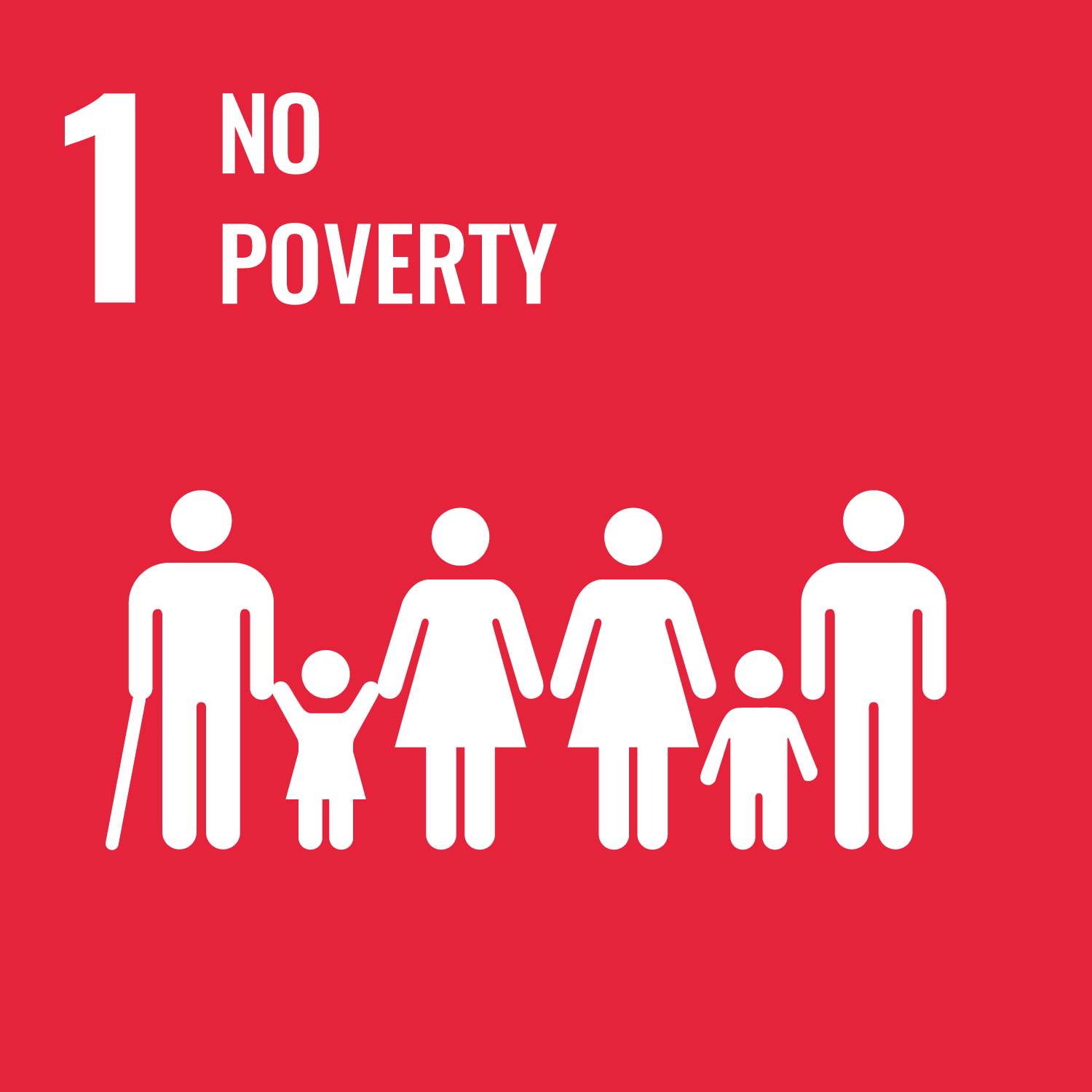
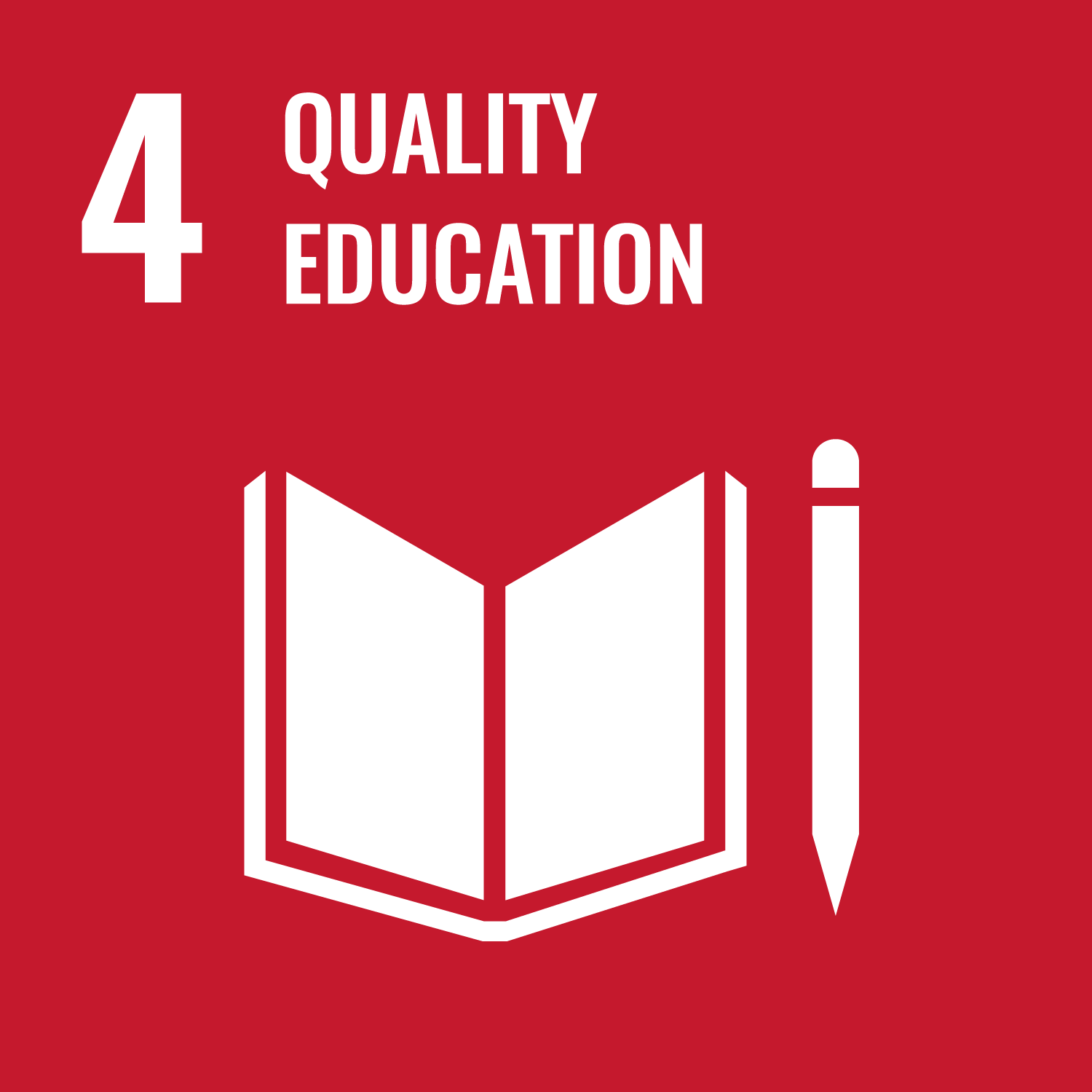


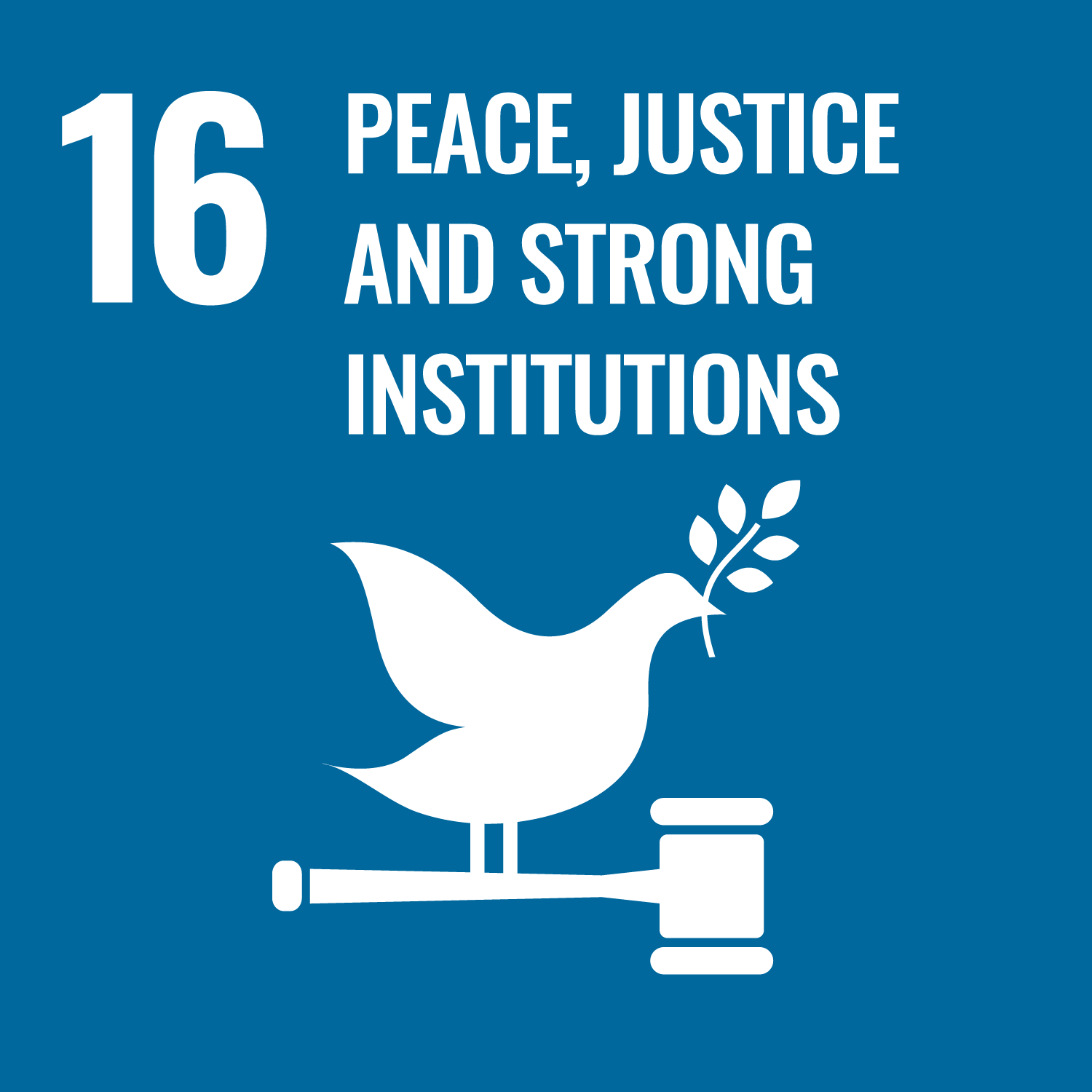
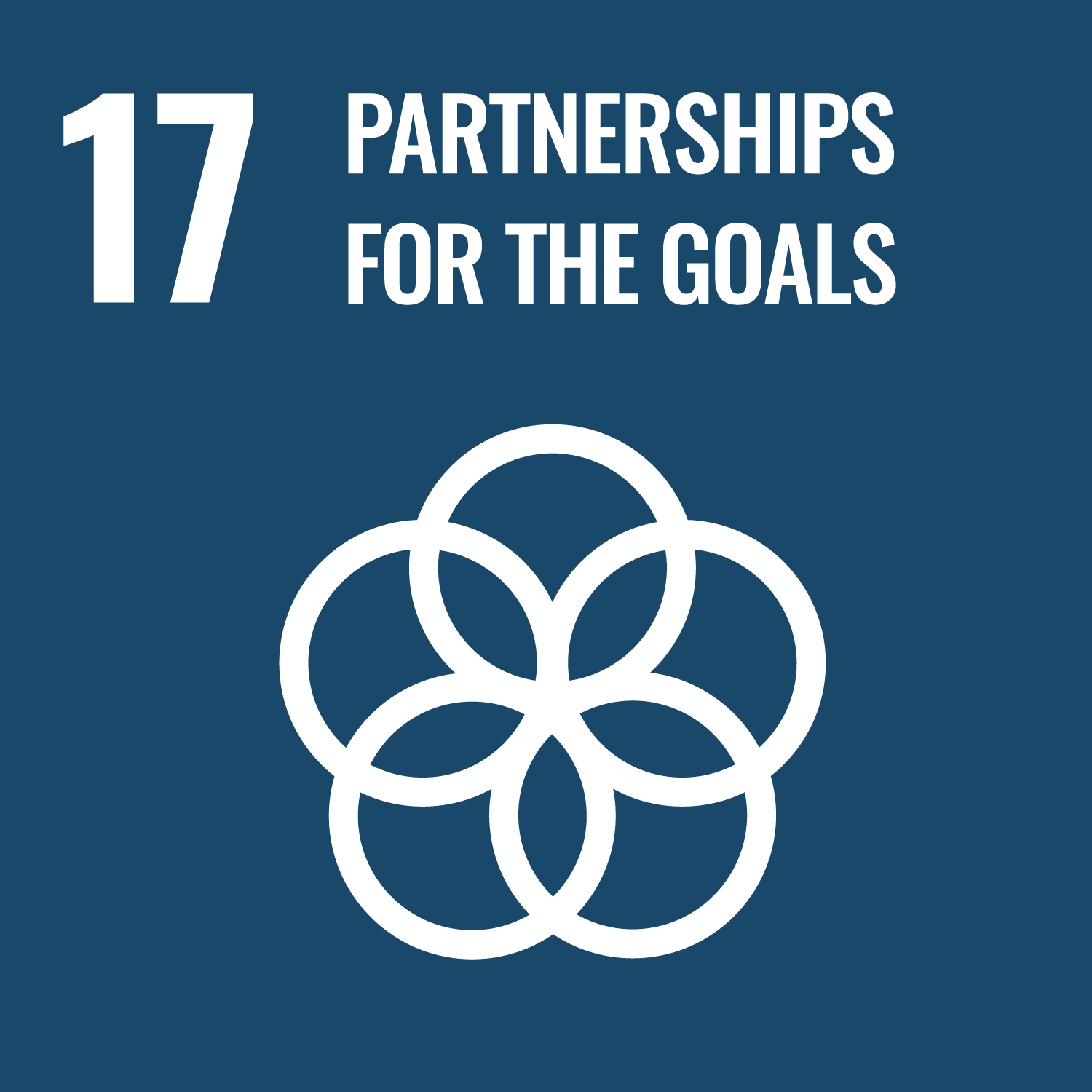
Reflection
This activity was all about communicating by sharing a story. Why was it important that people kept the main facts and events the same? What details was it OK to change? Can anyone think of a time they’ve read a real story about a real person? It may have been written by the person themselves (autobiographical) or by someone else (biographical). Was it easy to be trusted with someone else’s story? How did people use their stories to pass a message to their audience or make them feel a certain way?
This activity was also about developing skills. Would it have been easy for people to change big details in the story when they were retelling it? Can people always believe every story they hear, for example, in the news? Should stories in the news always be true?
Safety
All activities must be safely managed. You must complete a thorough risk assessment and take appropriate steps to reduce risk. Use the safety checklist to help you plan and risk assess your activity. Always get approval for the activity, and have suitable supervision and an InTouch process.
It’s up to you who reads the book. It could be the person leading the whole activity, or people could take it in turns to read a page or two.
Some groups may want to write and draw their books all by themselves, others may need the people leading the activity to write the words they say while they’re drawing. That’s fine too.
To increase the challenge, groups could think about an audience for their book. Do they want a book that’s especially aimed at younger children, for example?
This activity may be difficult for people who have experience of being a refugee or displaced child. Speak to them (and their parent or carer) beforehand, so you can create a plan for how to make it manageable. For example, would they prefer to share their experience or not? Are there any specific examples or situations you should avoid mentioning?
If some people find it tricky to move around the room to describing words, everyone could point, or you could invent actions or hold up pieces of paper with words, colours, or symbols on.
No one has to read out loud if they don’t want to – if it’s their turn, they can just pass the page on.
People can stick to a writing-only or drawing-only role if that makes them more comfortable. People could also cut images out of old newspapers or magazines to create a collage.
All Scout activities should be inclusive and accessible.
Can you find other stories of refugees and displaced children to share? Could you work with the school or library to help ore people see the book, for example, by holding a reading? How can you gather people’s feedback on how the stories made them feel?
Discover more at https://www.savethechildren.org.uk/

